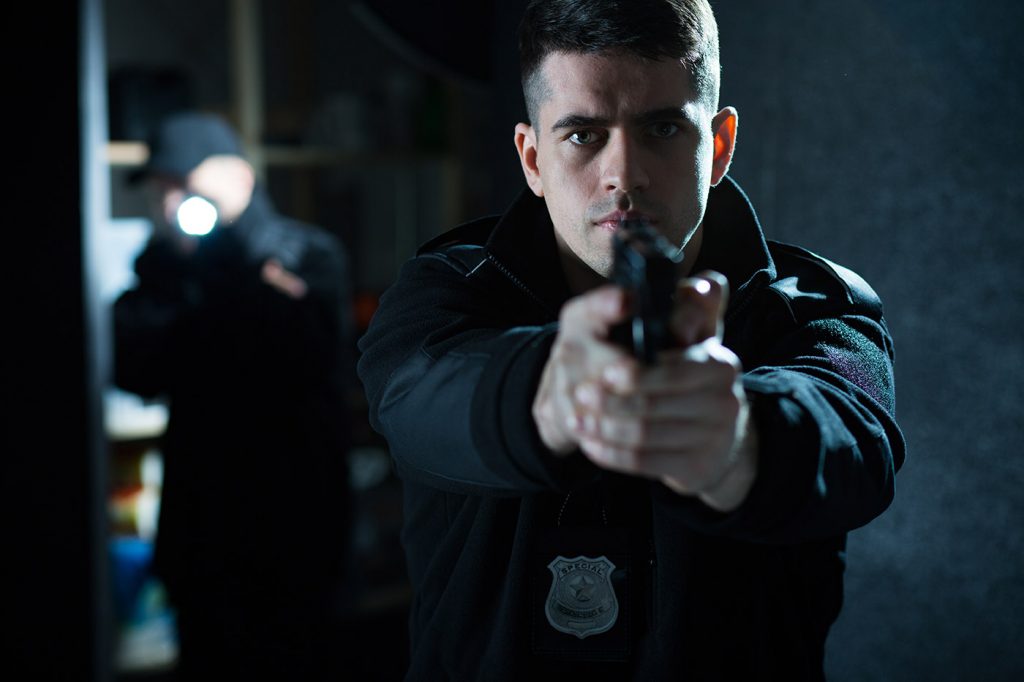
In light of the recent acquittal of Officer Jason Stockley, who murdered Anthony Lamar Smith, the question of police accountability has come into stark relief. Jason Stockley, the officer in question, dodged a conviction, much like other cops who came before him, receiving light treatment from the courts due to a variety of different factors. Officers like Stockley often defend their actions by claiming that they were in immediate danger and that they feared for their lives. That perceived threat – and it is important to highlight the fact that it is a matter of perception – is often enough to justify brutal and unnecessary killings – killings disproportionately affecting Black and Brown people. This argument reaches its absurd limits in cases where it becomes clear after the fact that the victim posed absolutely no threat.
Tamir Rice
Tamir Rice, a child toting a toy gun in 2014, was perceived as an imminent threat. As a result, Officer Timothy Loehmann shot and killed the 12-year old boy, only to be released from culpability by a grand jury. Timothy J. McGinty, a prosecutor in the case, suggested that the grand jury not pursue any charges because the officer had no way of knowing the child’s gun was fake. Thus, the cop was justified in feeling threatened and therefore justified in shooting Rice, according to McGinty’s argument.
One problem with this argument – and there are many – is that it is entirely one-sided. It wholly ignores the point of view of the victim and remains uncritical with regard to the source of the officer’s fear. For instance, we might take pains to wonder whether Loehmann would have felt so afraid if Rice were a white child.
Racial Bias
There are, after all, studies to show that Black people (and young boys, in particular) are largely perceived by cops as less innocent than their white counterparts. And other studies show that the police are more likely to use excessive force when dealing with a Black person than when dealing with a white person. In addition, there’s no evidence to support claims that disproportionate use of excessive force is due to objective race-based differences in crime rates.
High-Speed Chase
In the case of Jason Stockley, questions around high-speed pursuits have begun to surface. Should Stockley even have pursued Smith? Was he justified in using deadly force and was the use of deadly force related to the high-speed chase? To answer these questions, it’s helpful to refer to previous court cases. Federal judges and Justices have time and time again upheld the legality of high-speed pursuits. According to Sykes v. United States, “Even if he [the ‘perpetrator’] drives without going full speed or the wrong way, he creates the possibility that police will, in a legitimate and lawful manner, exceed or almost match his speed or use force to bring him within their custody.” The court found that fleeing the police in a car constitutes a violent felony exceeding the risks involved in arson and burglary.
Relatedly, the highest court has ruled in favor of police officers who use ramming as a tactic for seizing a fleeing suspect. This is relevant to the murder of Smith, as Stockley instructed his partner to ram Smith’s vehicle. Shortly thereafter, Stockley fired five shots (including one “kill shot” according to forensic scientists), before allegedly planting a gun in the victim’s car.
Judge Timothy J. Wilson’s acquittal of Stockley illustrates the judiciary protection given to officers in the field and specifically to officers involved in high-speed chases. Years of federal court rulings and pro-police bias have made it nearly impossible to indict officers who have unnecessarily killed people posing no real imminent threat.
